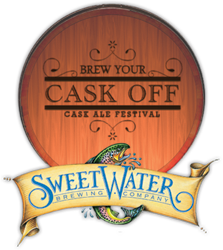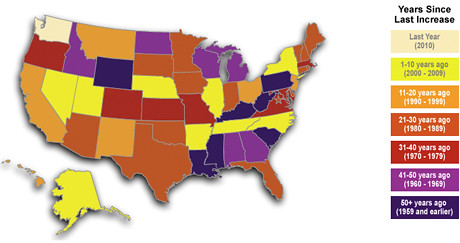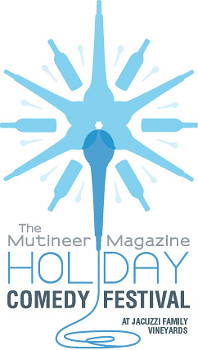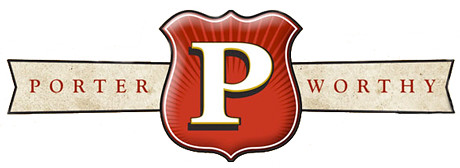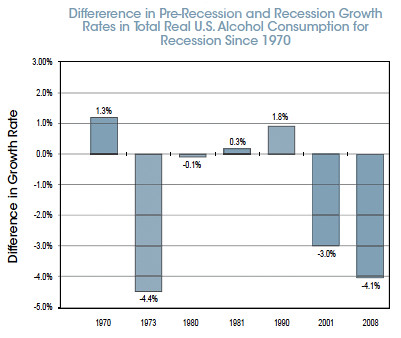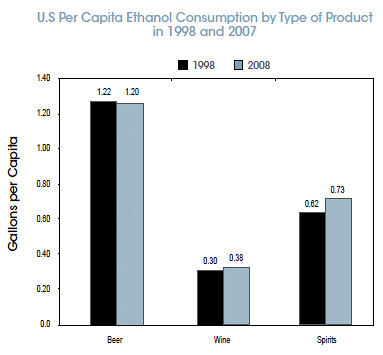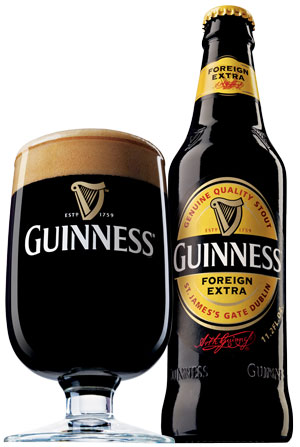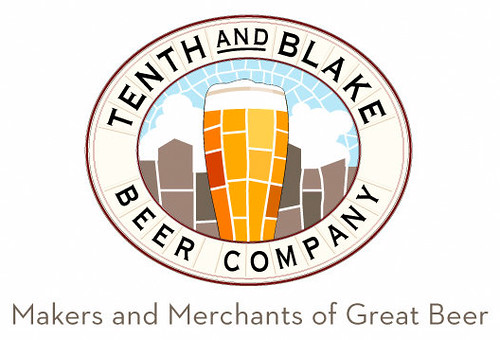![]()
The Brewers Association just announced that the number of breweries in America has eclipsed 1,700 (and thanks to the other BA, Beer Advocate for the Twitter tip — a Twip?). According to the BA:
The count is at 1,701 operating breweries in the U.S. There are 9 percent more breweries in the U.S. than a year ago. As I blow the dust off the historical records, it appears that there were 1,751 breweries in 1900 and 1,498 in 1910. So we have more breweries than we have since around 1905. My resource for these data points is The Register of United States Breweries 1876-1976 (compilers Friedrich and Bull). There certainly are a lot more diverse brewing styles being offered today, particularly by craft brewers, and I’m betting quality is far greater now than then.
That’s great news. Two months ago when I needed a firm number for an article I was writing, the number was 1,677 so that’s nearly 25 brewery openings in less than sixty days. How cool is that?


